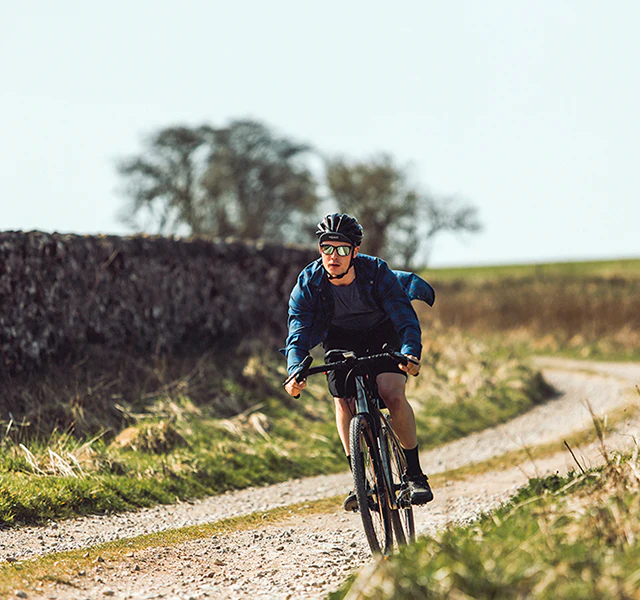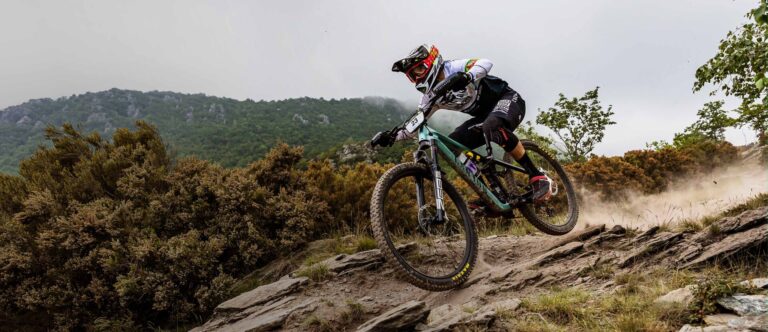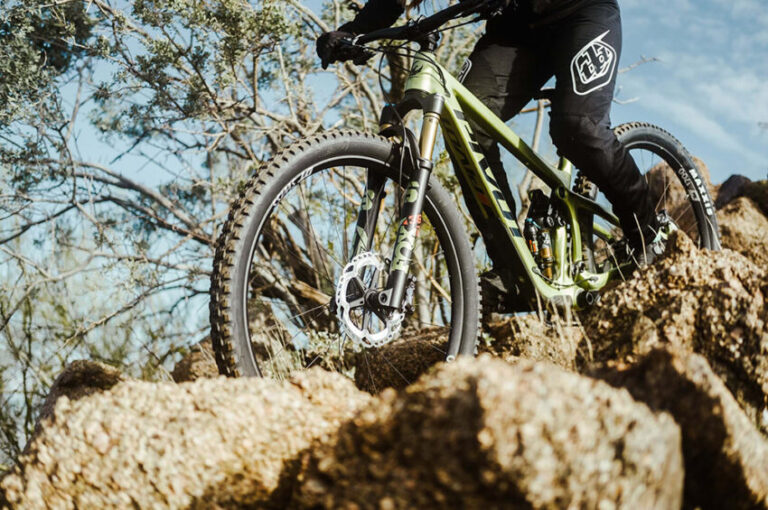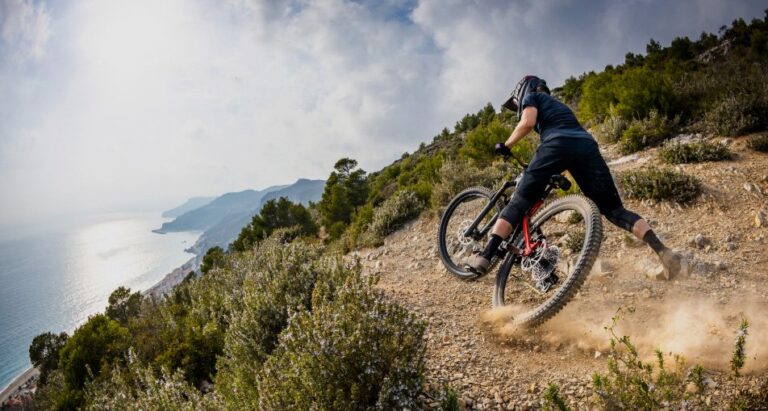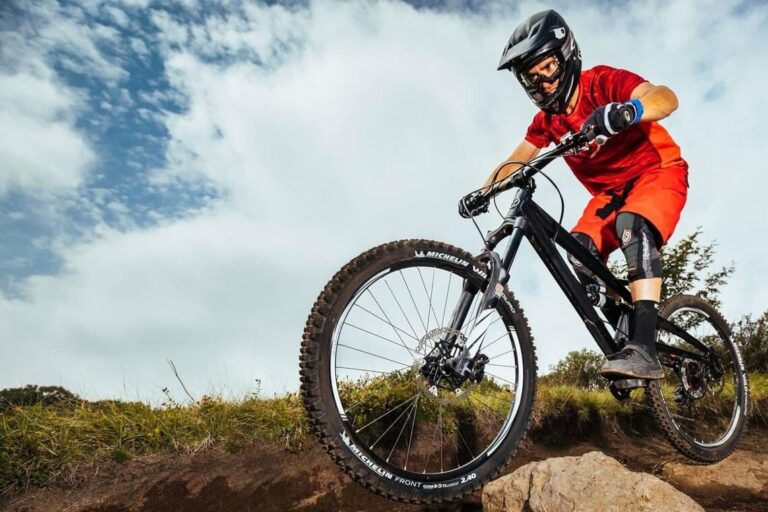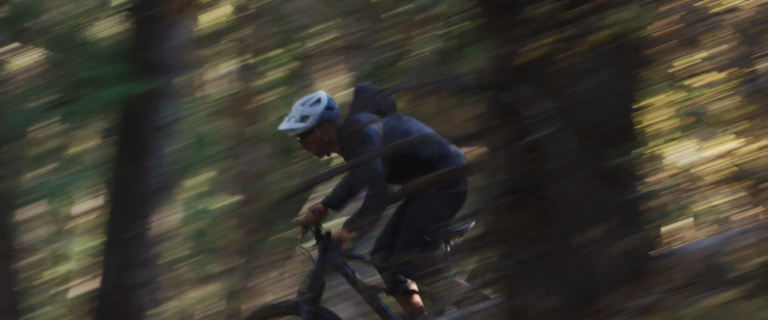Understanding Gravel Bike Geometry: Insights from a Seasoned Cyclist

Key Point Summary of Understanding Gravel Bike Geometry:
- Gravel bike geometry is tailored for comfort, stability, and versatility, making these bikes suitable for a wide range of terrains.
- A longer wheelbase and lower bottom bracket are common features that contribute to a stable ride over uneven surfaces.
- The frame design often includes a relaxed head angle and taller head tube for a more upright riding position, enhancing long-distance comfort.
- Tire clearance is generously designed to accommodate wider tires, offering better traction and ride smoothness on gravel and rough roads.
- Mounting points for accessories are plentiful, reflecting the gravel bike’s adaptability for touring, bikepacking, and adventure riding.
Navigating the world of gravel bikes can be as adventurous as the trails they are designed for. As a cyclist who has seen the evolution of bikes from the sleek lines of road racing to the ruggedness of mountain biking, and the all-terrain versatility of cyclocross, the emergence of gravel bikes as a distinct category has been a fascinating journey.
Gravel bikes blend the speed of road bikes with the robustness of mountain bikes, creating a versatile option for riders looking to explore beyond the pavement. Here’s a concise overview of what you need to know about gravel bike geometry.
The Heart of Gravel Bike Geometry
Longer Wheelbase and Lower Bottom Bracket: Stability is king when you’re riding on surfaces that can range from loose gravel to mud and everything in between. A longer wheelbase provides this stability, keeping the bike steady on fast descents and rough terrain. Similarly, a lower bottom bracket lowers your center of gravity, enhancing your bike’s handling and reducing the likelihood of tipping over when navigating tricky sections.
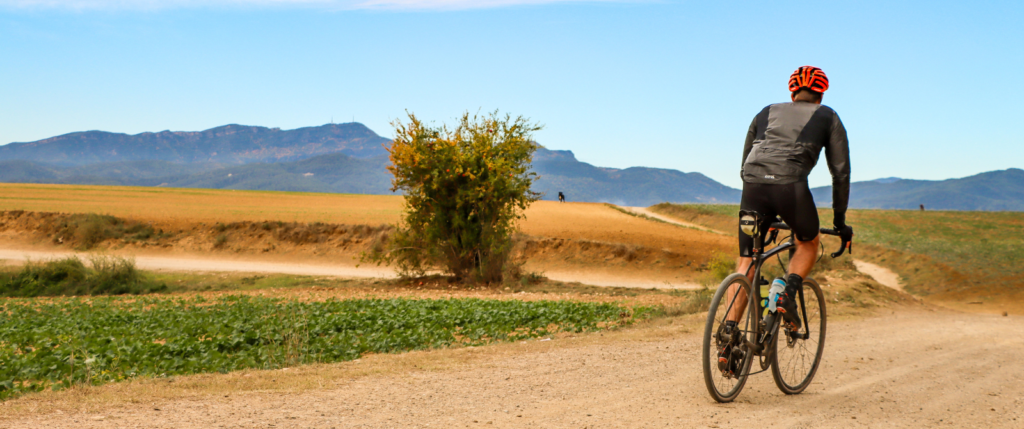
Relaxed Head Angle and Taller Head Tube: Comfort on long rides is crucial. A relaxed head angle eases steering, making it less twitchy and more forgiving than a road bike. This, combined with a taller head tube, allows for a more upright riding position, reducing strain on your back and shoulders. It’s a design philosophy that acknowledges the endurance aspect of gravel riding, where rides can span several hours or even days.
Tire Clearance: One of the most noticeable features when comparing gravel bikes to their road and cyclocross counterparts is the generous tire clearance. Wider tires not only provide better traction on loose surfaces but also contribute to a smoother ride by absorbing road vibrations and bumps. This capability invites experimentation with tire pressures and sizes to optimize comfort and performance based on specific terrain.
Frame Design for Versatility: Beyond geometry, gravel bike frames are designed with versatility in mind. This includes mounting points for water bottles, racks, and storage, allowing riders to gear up for longer adventures, bikepacking trips, or simply to carry extra water and supplies for a day ride. The ability to customize your setup based on the ride’s demands is a hallmark of gravel bike design.

Personal Anecdotes and Reflections
Reflecting on my cycling adventures, I’ve come to appreciate the thoughtful geometry of gravel bikes. There was a time during an extended bikepacking trip when the versatility and comfort of my gravel bike made all the difference. The stable handling allowed me to confidently navigate a variety of terrains, from gravel paths to forest trails, while the upright position kept me comfortable and alert throughout the journey. The ample tire clearance meant I could adapt my setup to the changing conditions, a flexibility that was invaluable over the course of the trip.
Choosing the right gravel bike involves understanding how geometry influences the ride. For those new to gravel riding or looking to upgrade, I recommend focusing on how different geometries feel during a test ride. Pay attention to how the bike handles various surfaces and how comfortable you feel after extended periods in the saddle. The best bike is not just about the specifications but how it aligns with your riding style and the adventures you envision.
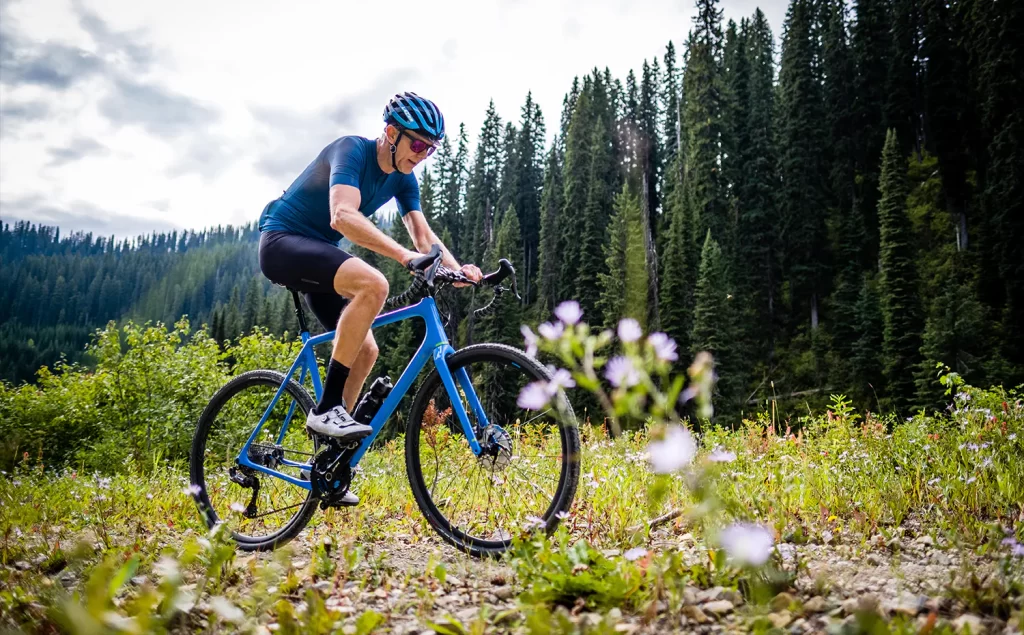
Embracing the Versatility
The evolution of gravel bikes represents a broader shift in cycling towards embracing versatility and the joy of exploration. The careful consideration of geometry in these bikes offers a blend of performance, comfort, and adaptability that encourages riders to venture beyond traditional boundaries. Whether you’re a beginner looking to explore local gravel paths or a mid-level cyclist planning your next bikepacking adventure, understanding gravel bike geometry is the first step in unlocking the full potential of these incredible machines.
The gravel bike market has expanded rapidly, offering a wide range of options tailored to various riding styles, preferences, and budgets. Here are five top gravel bikes that have received acclaim for their performance, versatility, and design.

1. Specialized Diverge
The Specialized Diverge has consistently been a favorite among gravel riders for its exceptional versatility and innovative features. It’s designed with a Future Shock suspension system that provides 20mm of travel to absorb road chatter and bumps, enhancing comfort and control on rough terrain. The Diverge’s geometry strikes a balance between comfort and performance, making it suitable for long rides and varied gravel adventures.
2. Canyon Grail
The Canyon Grail is unique, thanks to its distinctive double-decker handlebar designed to offer additional comfort and control on long rides. Its carbon frame models are light and stiff, providing efficient power transfer while maintaining comfort over uneven surfaces. The Grail’s geometry and tire clearance make it a capable companion for both gravel racing and bikepacking.
3. Trek Checkpoint
The Trek Checkpoint series offers a wide range of options, from aluminum to high-end carbon models, catering to beginners and seasoned riders alike. It features a versatile geometry that’s comfortable for long days in the saddle, ample tire clearance for tackling rough terrain, and numerous mounts for carrying gear. The Checkpoint’s IsoSpeed decoupler, available on select models, helps smooth out the ride without sacrificing efficiency.
4. Cannondale Topstone
Cannondale’s Topstone range is known for its innovative design, including the Kingpin suspension system on some models, which provides up to 30mm of rear wheel travel to absorb bumps and improve traction. The Topstone offers a balanced geometry for comfort and agility, with a wide range of configurations including carbon and aluminum frames, making it a great choice for both competitive riders and adventure seekers.

5. Giant Revolt
The Giant Revolt stands out for its all-around performance, durable build, and excellent value. It features a lightweight and robust aluminum or carbon frame (depending on the model), with geometry that’s optimized for comfort and stability on mixed terrain. The Revolt also offers generous tire clearance, a smooth ride quality, and plenty of mounts for accessories, making it a solid choice for gravel riding and beyond.
Each of these gravel bikes brings something unique to the table, from innovative suspension systems to unique frame designs, ensuring there’s a bike to match every rider’s gravel grinding dreams. Whether you’re embarking on epic gravel races or leisurely backcountry explorations, these bikes are designed to deliver performance, comfort, and versatility on every ride.
In the end, the essence of gravel biking is not just in the details of frame design or the specifics of geometry; it’s in the freedom these bikes provide. They invite us to explore, to push beyond our comfort zones, and to discover the joy of cycling in its most adventurous form. As you consider your next gravel bike, think about the experiences you wish to have and let the geometry guide you toward the bike that will make those adventures unforgettable.
John
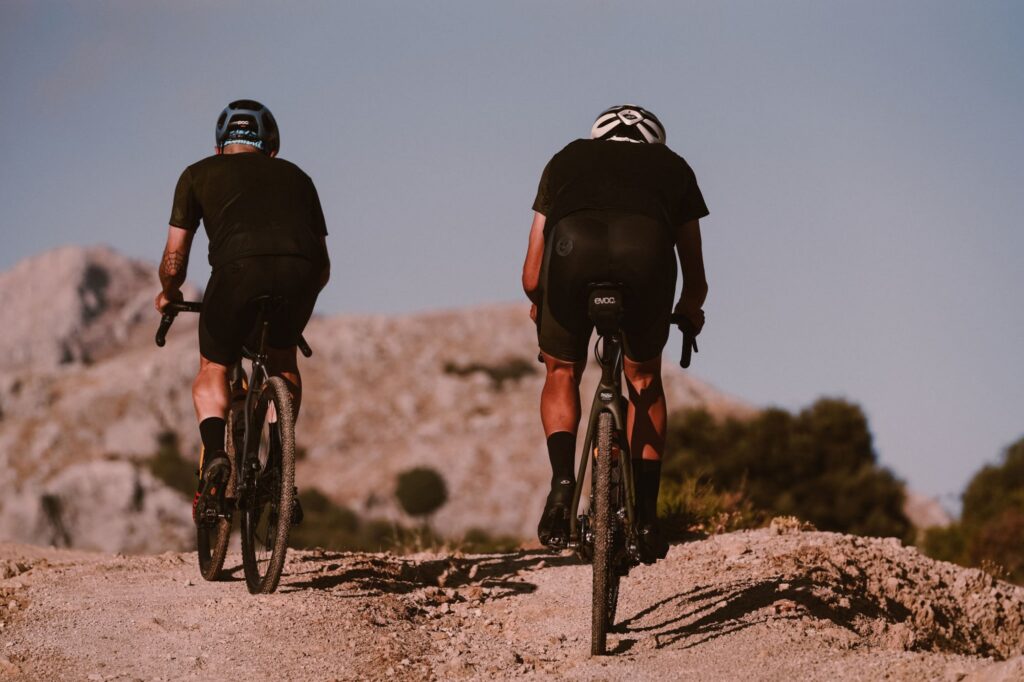
FAQ
How do I choose a gravel bike geometry?
Choose a gravel bike geometry based on your riding style and comfort preferences. Look for a relaxed geometry with a longer wheelbase and lower bottom bracket for stability, and a taller head tube for a more upright position if you prioritize comfort and long rides. For more aggressive riding, consider a slightly shorter head tube and longer top tube for a more aerodynamic position. Test riding different geometries can help you determine what feels best.
How should I be positioned on a gravel bike?
Your position on a gravel bike should be slightly more upright than on a road bike, offering a balance between comfort and efficiency. This position helps manage fatigue over long distances and improves visibility and control on varied terrain. Ensure you have a slight bend in the elbows to absorb shocks and that you can comfortably reach the handlebars and brake levers.
How do I know if my gravel bike fits me?
A gravel bike fits you well if you can comfortably reach the handlebars and pedals without overstressing your back, shoulders, or knees. You should be able to stand over the frame with a slight clearance, have a comfortable bend in the knee at the pedal’s lowest position, and not feel stretched out or cramped when reaching for the handlebars. Adjustments like stem length, saddle height, and position can fine-tune the fit.
Is it better to size up or down on a gravel bike?
If you’re between sizes, the decision to size up or down on a gravel bike often depends on your riding preferences and body proportions. Sizing down can offer more agility and a more manageable frame, which might be preferable for technical terrain or riders who value maneuverability. Sizing up may provide more stability and comfort, especially for long-distance rides, but ensure you can still comfortably reach the handlebars and pedals. When in doubt, professional fitting services can provide guidance tailored to your body and riding style.
